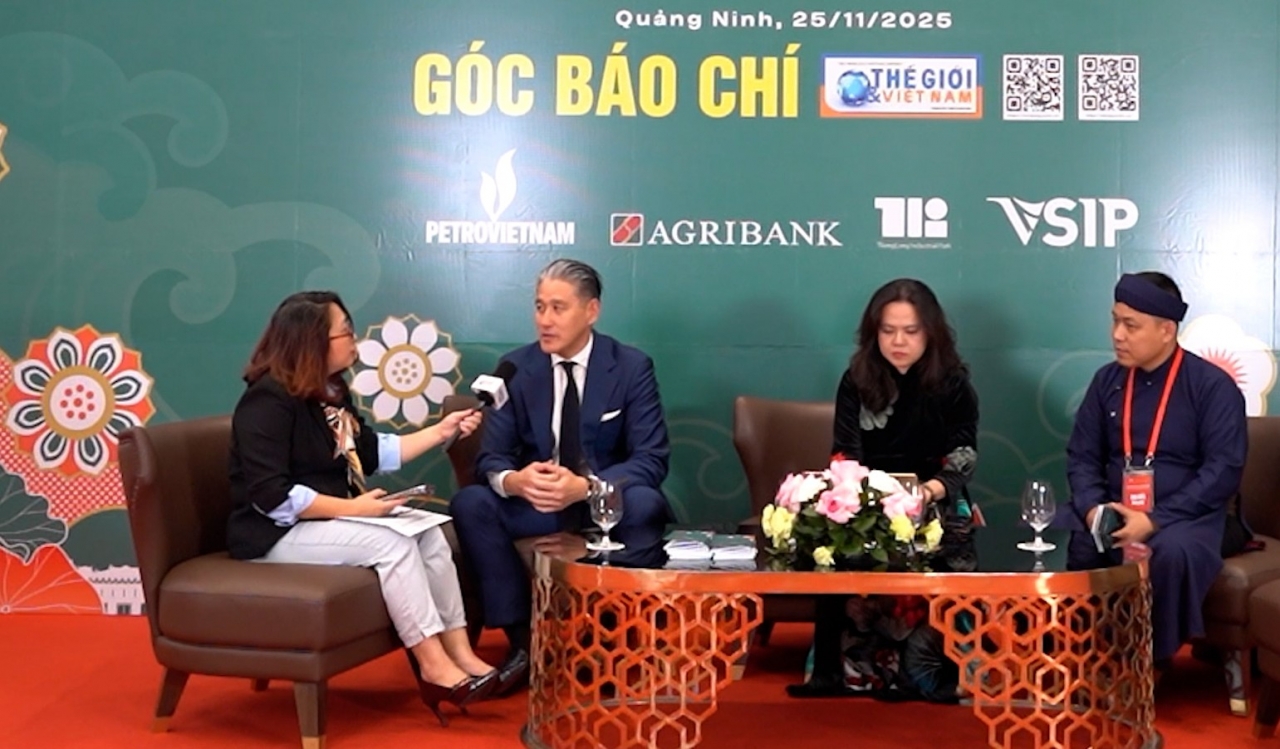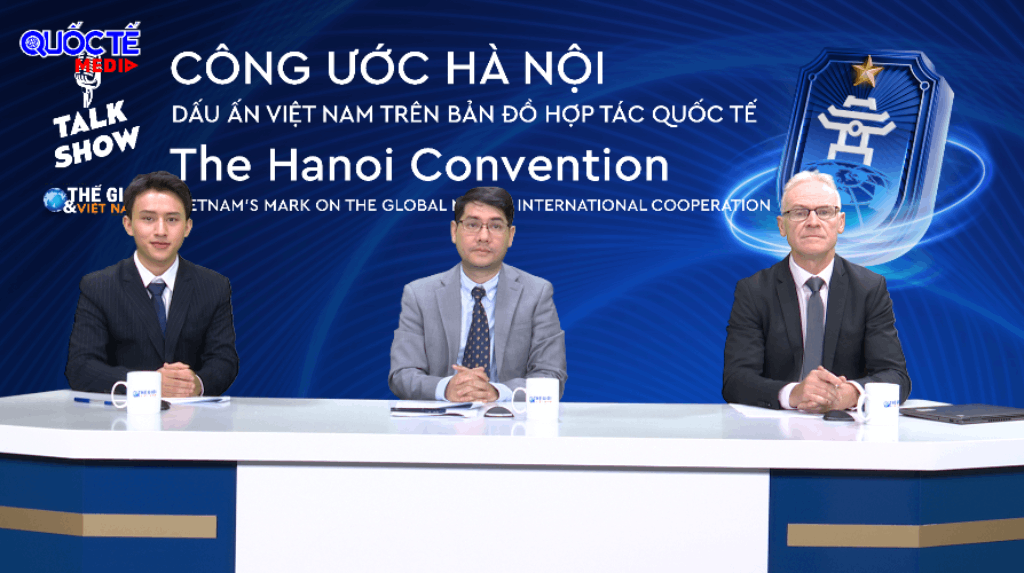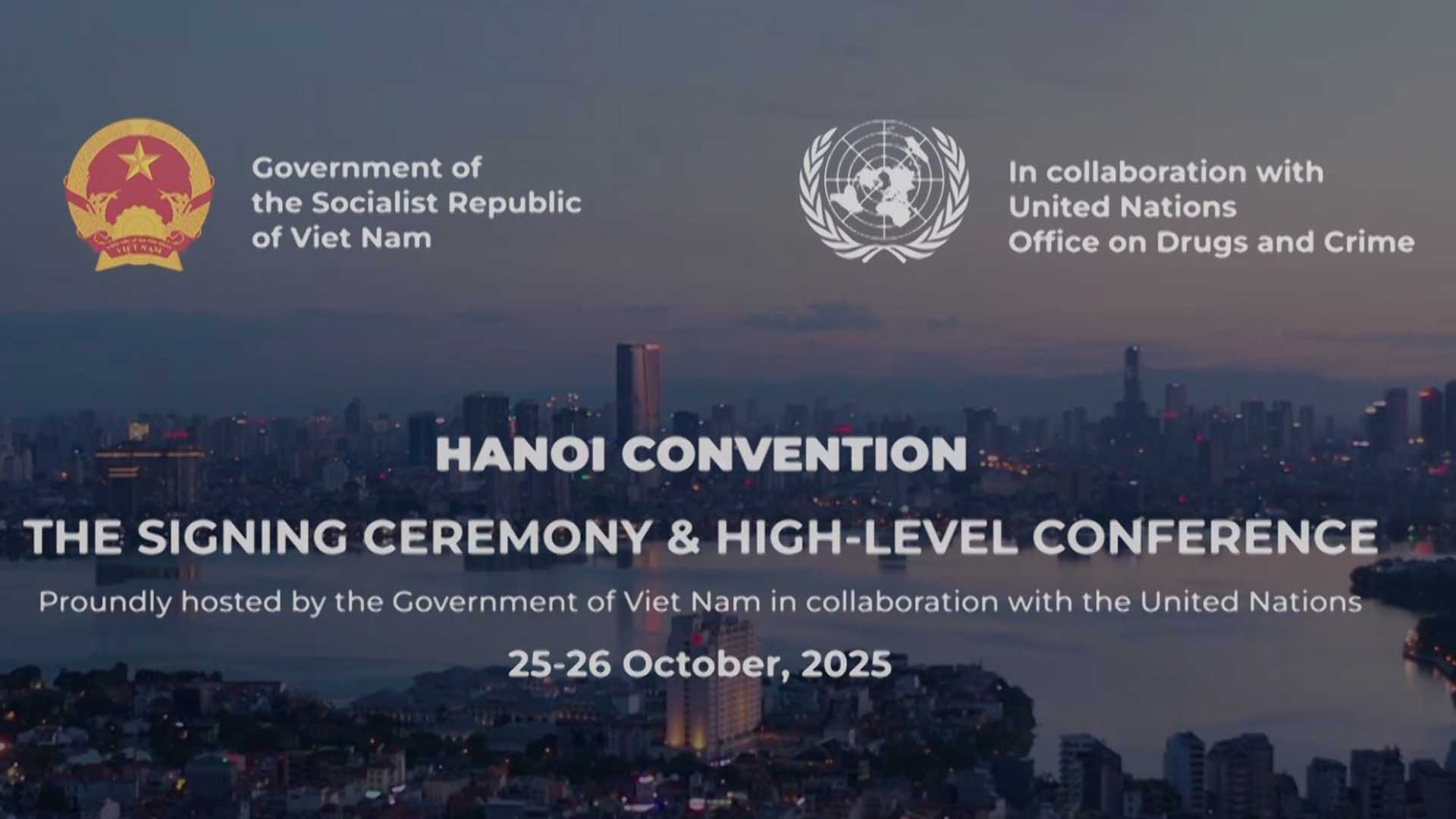
Exhibition 'A journey through ancient Mexico' opens in Hanoi
Latest
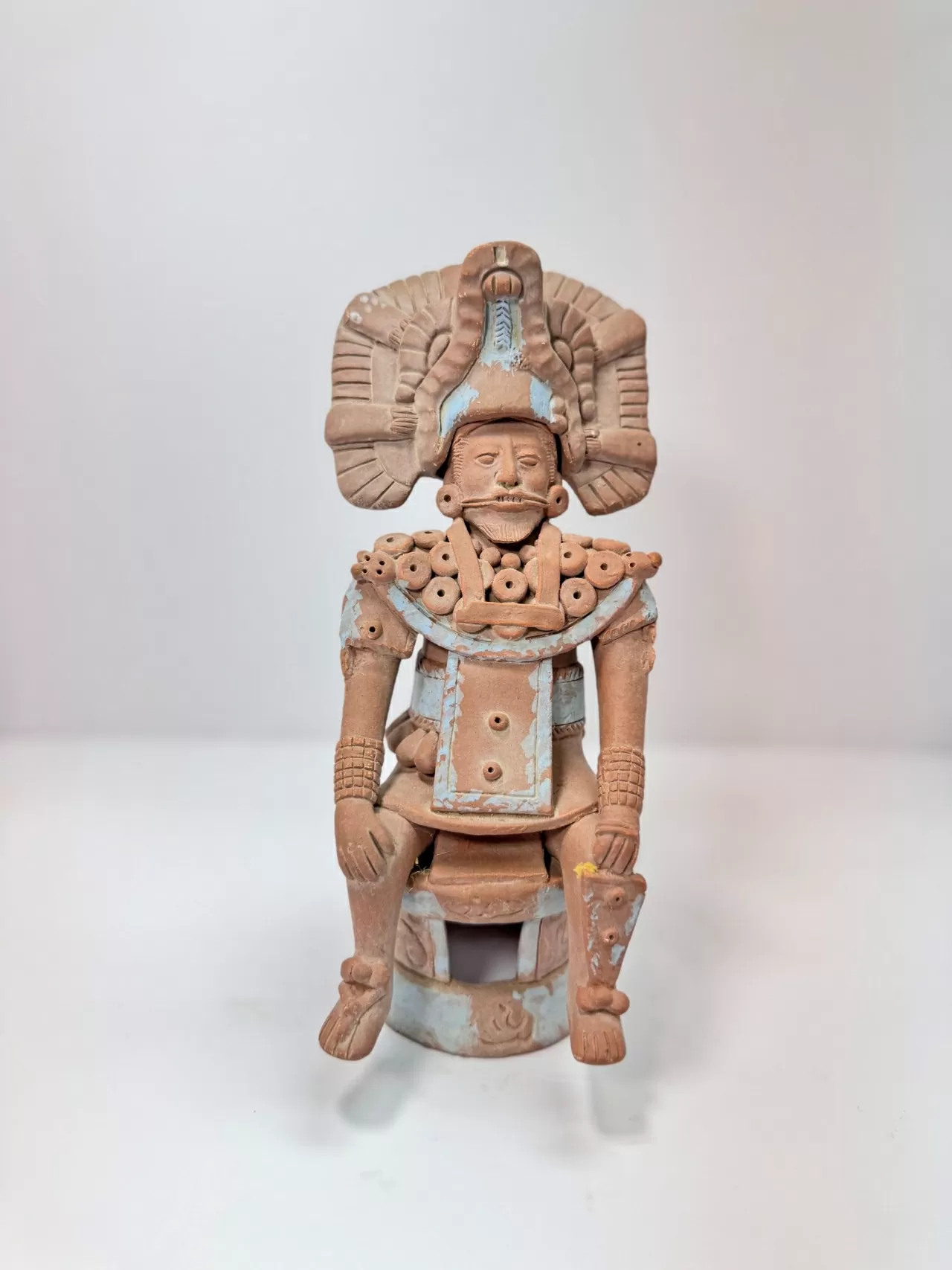 |
| The exhibition is the first exhibition in Vietnam dedicated to Mexican pre-Columbian art. (Photo: Mexican Embassy in Vietnam) |
The exhibition, which runs from May 22-28, 2025 at the Hanoi Exhibition Information Centre, is the first of its kind in Vietnam dedicated entirely to Mexico’s pre-Columbian civilizations. It features the richness and diversity of Mexico's ancient civilizations through a selection of archaeological replicas certified by the National Institute of Anthropology and History of Mexico, including a historical codex of enormous importance.
Among the most important civilizations of Mexico are the Olmec culture (1200 B.C.-400 B.C.); the Mayan civilization (1200 B.C.-400 BC; the Maya civilization (whose apogee took place during the Classic period (250 AD-900 AD), which reached a high degree of development in mathematics, astronomy, writing and art; and the Mexica or Aztec civilization (1325 AD-1521 AD), which had a powerful empire and a majestic city, Tenochtitlán, which was the political, economic and religious center of the pre-Hispanic world.
Most of the works in this exhibition were made of ceramics, which was one of the most widespread and diverse activities in ancient Mexico. Over the centuries, potters created vessels of all shapes and sizes, decorated with geometric, symbolic, and naturalistic motifs, which were used to store food, cook, drink, offer to the gods, and decorate tombs.
The exhibition highlights the cultural legacy of major ancient civilizations such as the Olmec, Maya, and Mexica (Aztec), offering insights into their spiritual life, artistic expression, and technological innovations. Among the most striking pieces is a photograph of a colossal Olmec head replica currently on display at the Museum of Fine Arts in Ho Chi Minh City.
Visitors can explore 21 ceramic works from different periods and regions of ancient Mexico, including a two-faced anthropomorphic pot from the Paquimé culture, intricately crafted Mayan figurines from Jaina, and a jaguar on wheels from Veracruz – considered both a toy and a symbol of early technological knowledge.
One of the centerpiece displays is a high-fidelity reproduction of the Codex Boturini, printed on amate paper. The codex depicts the Mexica’s mythic journey from Aztlán to the founding of Tenochtitlán, the heart of what would become modern-day Mexico City.
Curated with the guidance of Dr. Laura Sotelo from the Center for Mayan Studies at the National Autonomous University of Mexico (UNAM), the exhibition aims to introduce Vietnamese audiences to the historical depth and artistic achievements of ancient Mexico.
Some works at the exhibition:
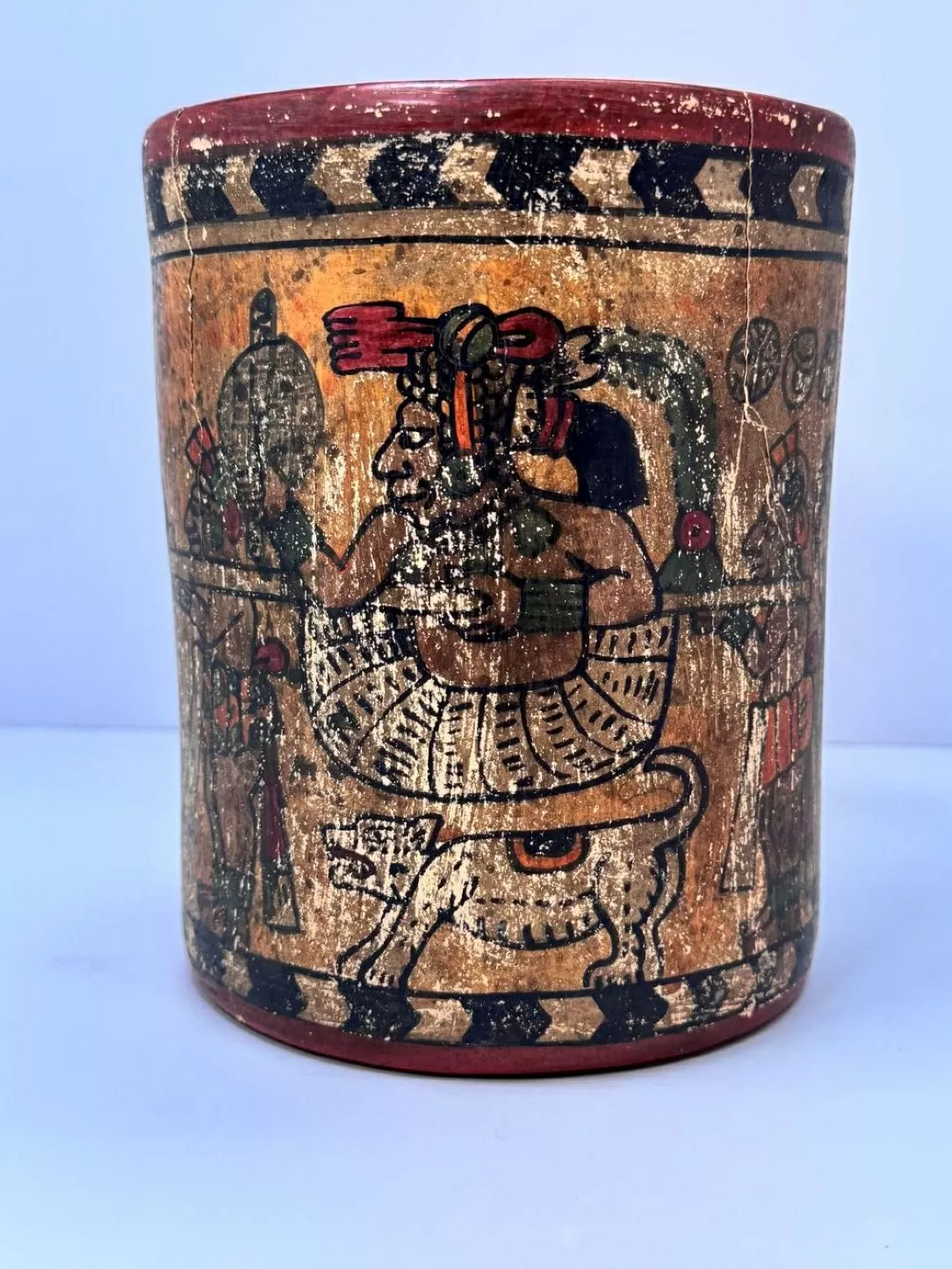 |
 |
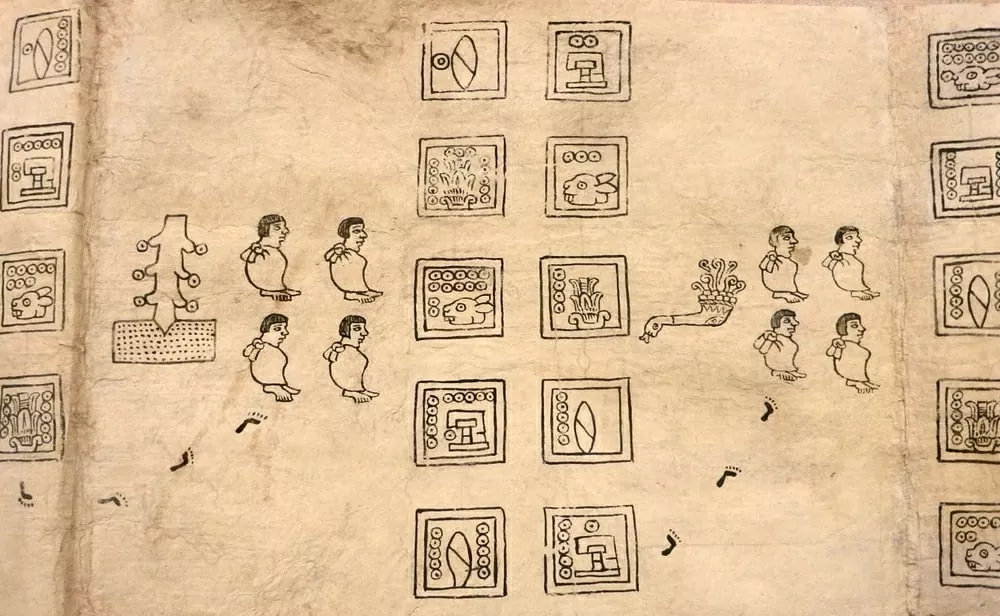 |
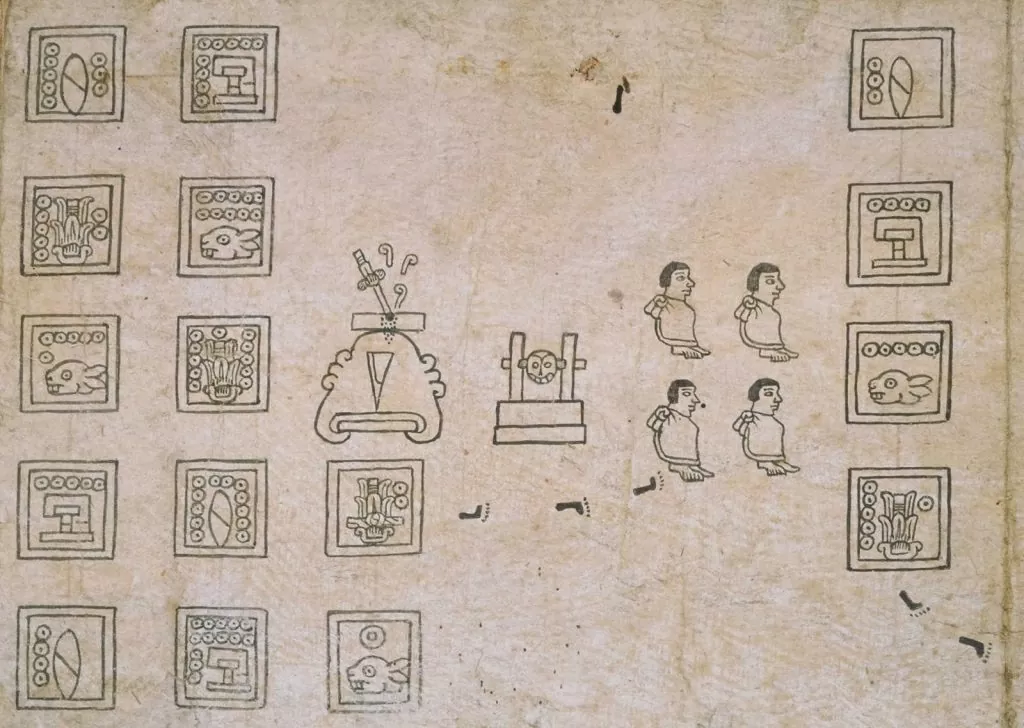 |







